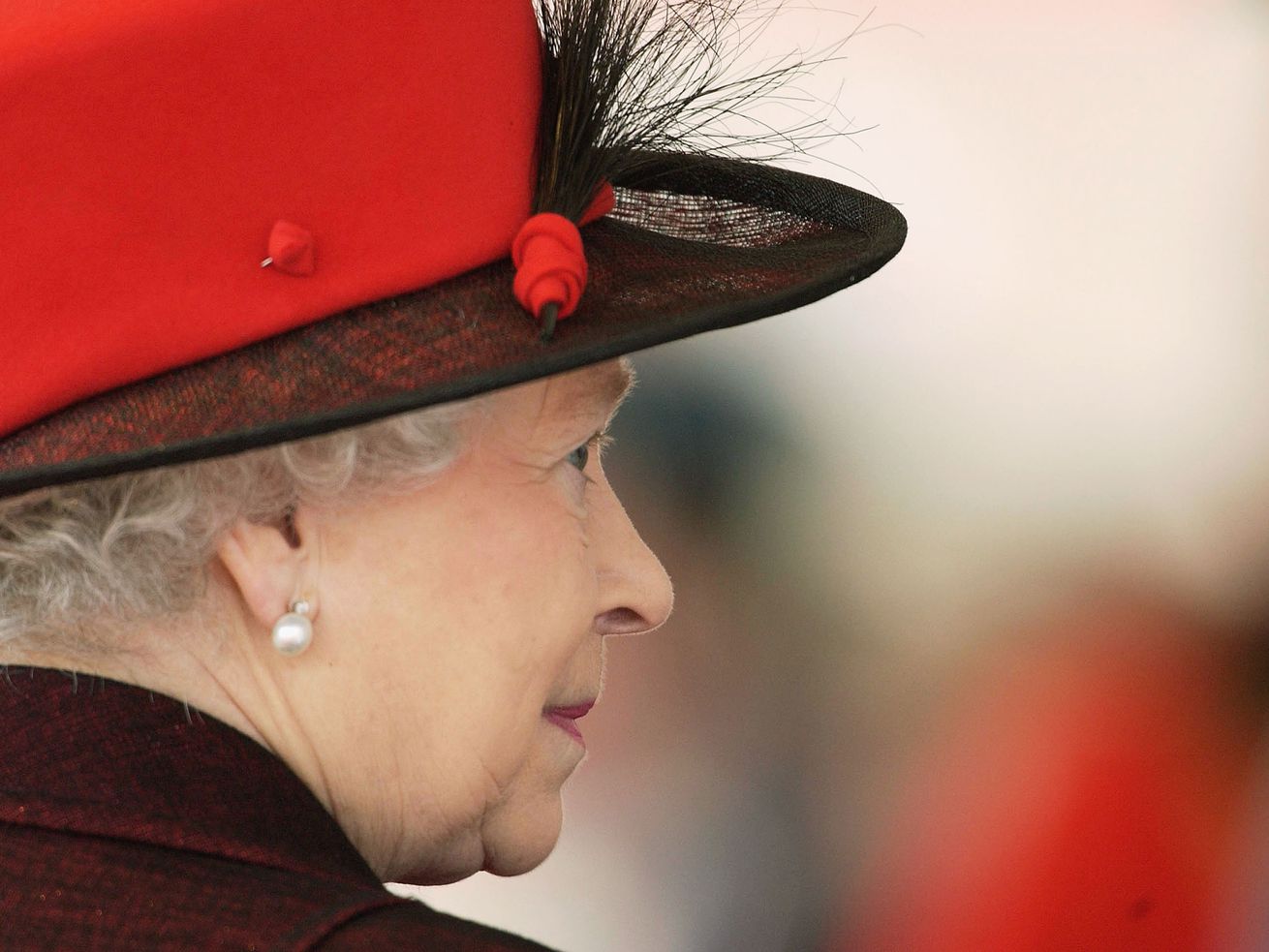Why the queen was history’s greatest spectator.
On Thursday afternoon, at Balmoral Castle in Scotland, Queen Elizabeth II died at 96. She occupied the British throne for 70 years, making her the UK’s longest-reigning monarch.
“Occupied” is perhaps the key word here. While the queen’s official powers were greater than many might think in a constitutional monarchy — according to the letter of the English law, the monarch can choose to appoint or dismiss the prime minister, for instance — in practice they were never exercised to their fullest extent, nor would they have ever been.
The queen’s position, if not the continued existence of the British monarchy, was dependent on remaining outside the actual political sphere. The British government of the day ruled in her name from Westminster, but it is considered unconstitutional for the monarch to even vote.
As a result, Elizabeth spent seven decades in one of the world’s most high-profile positions… without taking direct political action. She met everyone worth meeting, traveled over a million miles and visited over 115 countries, welcomed 15 British prime ministers to office — all without doing anything other than being her often silent royal self. That made her, in a sense, history’s greatest spectator.
And the history she witnessed was more than just the cumulative weight of 70 years. During those decades the world changed as it never has before — sometimes for the worse, often for the better — and Queen Elizabeth II observed it all from a singular perch.
The end of empire
When her father King George VI died on February 6, 1952, the future queen was at a remote game-viewing camp in Kenya — so remote, in fact, that she didn’t receive word of his death and her ascension until four hours after the fact.
Today, of course, news of the queen’s death spread across the internet instantaneously — despite efforts to control the news, it soon leaked out over Twitter. And Kenya is no longer a British colonial territory, as it was in 1952, but a country of its own that will soon celebrate the 50th anniversary of its independence.
Over the course of her reign, Britain went from more than 70 overseas territories — like Hong Kong and Singapore in East Asia, Yemen in the Middle East, and Guyana in South America — to what is mostly a handful of sparsely populated islands. Even the United Kingdom itself may be destined for dissolution, with a whole Ireland a real possibility and Scotland once again threatening an independence vote.
As it was when she was crowned in 1953, Britain is still a nuclear power, and still holds one of the five permanent seats on the United Nations Security Council. But six years after the Brexit vote, Britain’s international influence is at a nadir; or at least it would be, if it didn’t seem likely to fall even further as the economically troubled nation girds for what is shaping up to be a cost-of-living crisis this winter.
To be clear, the evaporation of empire that Elizabeth witnessed is nothing to lament. If self-determination — the right of people to decide their own destiny in the international order — is sacrosanct, then the fact that more than 700 million people at the time of Elizabeth’s coronation effectively lived under the rule of a foreign government was a historical wrong that had to be righted.
70 years is a long time
Anyone who sits on a throne for 70 years will witness a changing world. But Elizabeth’s reign was so unique because the seven decades she spent as queen were so unique.
Compare Elizabeth to another historical monarch who reigned for almost as long: King Louis XIV of France, the fabled “Sun King.” (Louis was technically king for longer than Elizabeth was queen, but he spent the first eight years of his reign under a regency. I’ll let the scholars of royalty sort it out.) Between Louis’s ascension to the throne in 1643 and his death in 1715, per-capita GDP barely budged in France. Progress, as we know it, was essentially stagnant, as it was just about everywhere in the world.
During Elizabeth’s time, however, per-capita GDP in the United Kingdom more than tripled, part of a wave of economic growth that began in the 1800s with the Industrial Revolution, and truly took off globally in the postwar era. Life expectancy in the UK was just under 70 years in 1953 — today it is north of 80.
And the changes were even greater over these decades in many of the developing countries that once made up the British Empire. Shortly before the queen’s death, India — which spent nearly a century under direct British rule — overtook the UK as the world’s fifth-largest economy.
Much of that progress was the result of technological changes that Elizabeth witnessed firsthand. She was the first British monarch to have her coronation televised live, sent her first email in 1976, and her first tweet in 2014. Her first Christmas message to her subjects was broadcast over the radio — her final one could be streamed on YouTube.
Britain in 1953 was an overwhelmingly white country, one where women had only had fully equal voting rights for 25 years. The UK today is a multi-ethnic democracy, where one recent candidate for prime minister, Rishi Sunak, is a Hindu whose parents were East African immigrants of Indian descent, and where the eventual winner, Liz Truss, is the country’s third female PM.
Homosexuality was only legalized in Britain in 1967, more than a decade into her reign. In 2018, Lord Ivar Mountbatten, a cousin of Elizabeth’s, became the first British royal to marry their same-sex partner.
If part of the queen’s appeal was her sheer longevity, that longevity mattered all the more because it unfolded over a period of unprecedented change. The 18th-century France that existed at the end of Louis XIV’s reign would have seemed hardly different to the young king more than 70 years before, in terms of technology, economy, and social mores.
The United Kingdom of 2022 — and indeed the world as a whole — would be unrecognizable to the 25-year-old woman who was anointed at Westminster Abbey in 1953. And the pace of change to come, for King Charles III and his successors, seems only likely to accelerate. One of those changes, in the UK at least, will assuredly be the monarchy itself. As Dylan Matthews wrote in 2015, constitutional monarchies can have real value, ensuring one figure is of politics without being in them. But that role may have died with the queen. The trappings of monarchy may be transferrable to Charles, a figure all too familiar to the British public, but likely not the spirit embodied by Elizabeth.
Queen Elizabeth II did not cause any of these changes of her reign, but she did witness them from a uniquely privileged vantage. And her passing is a reminder of just how long 70 years really is — especially these 70 years.
A version of this story was initially published in the Future Perfect newsletter. Sign up here to subscribe!
Author: Bryan Walsh
Read More



